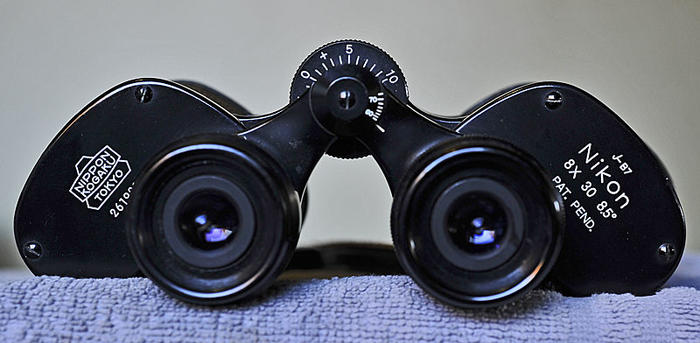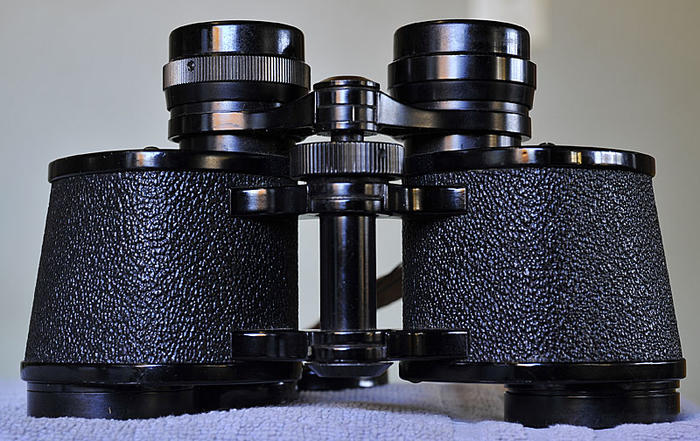Results 41 to 50 of 57
Thread: Vintage Binoculars
Threaded View
-
10-26-2017, 12:01 AM #1Senior Member



- Join Date
- Mar 2012
- Location
- Thunder Bay, Ontario, Canada
- Posts
- 17,376
Thanked: 3228 Vintage Binoculars
Vintage Binoculars
I have a soft spot for vintage binos. Found these at a local Value Village. Nikon 8X30 porro prism binos with case in excellent plus condition. These are early 1950s production, I believe. I also have one of the last series of porro prism binos Nikon made, 8X32 SE. The vintage pair are very good even compared with the 55 year or so newer ones. Both are excellent compact walking around walking around binos.
Bob

 Life is a terminal illness in the end
Life is a terminal illness in the end


 91Likes
91Likes LinkBack URL
LinkBack URL About LinkBacks
About LinkBacks






 Reply With Quote
Reply With Quote